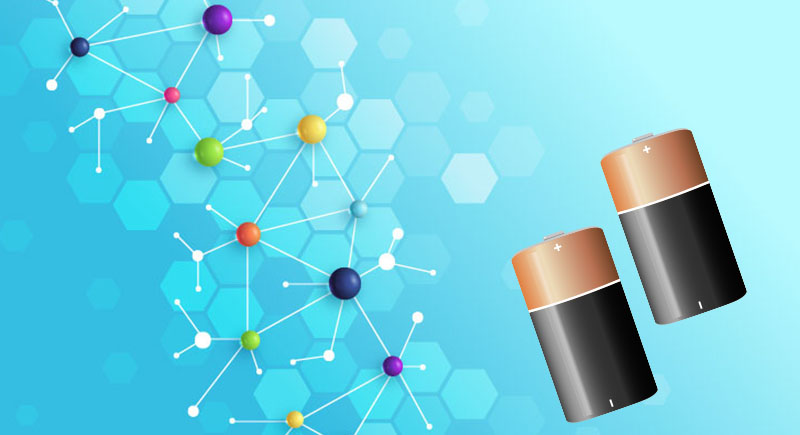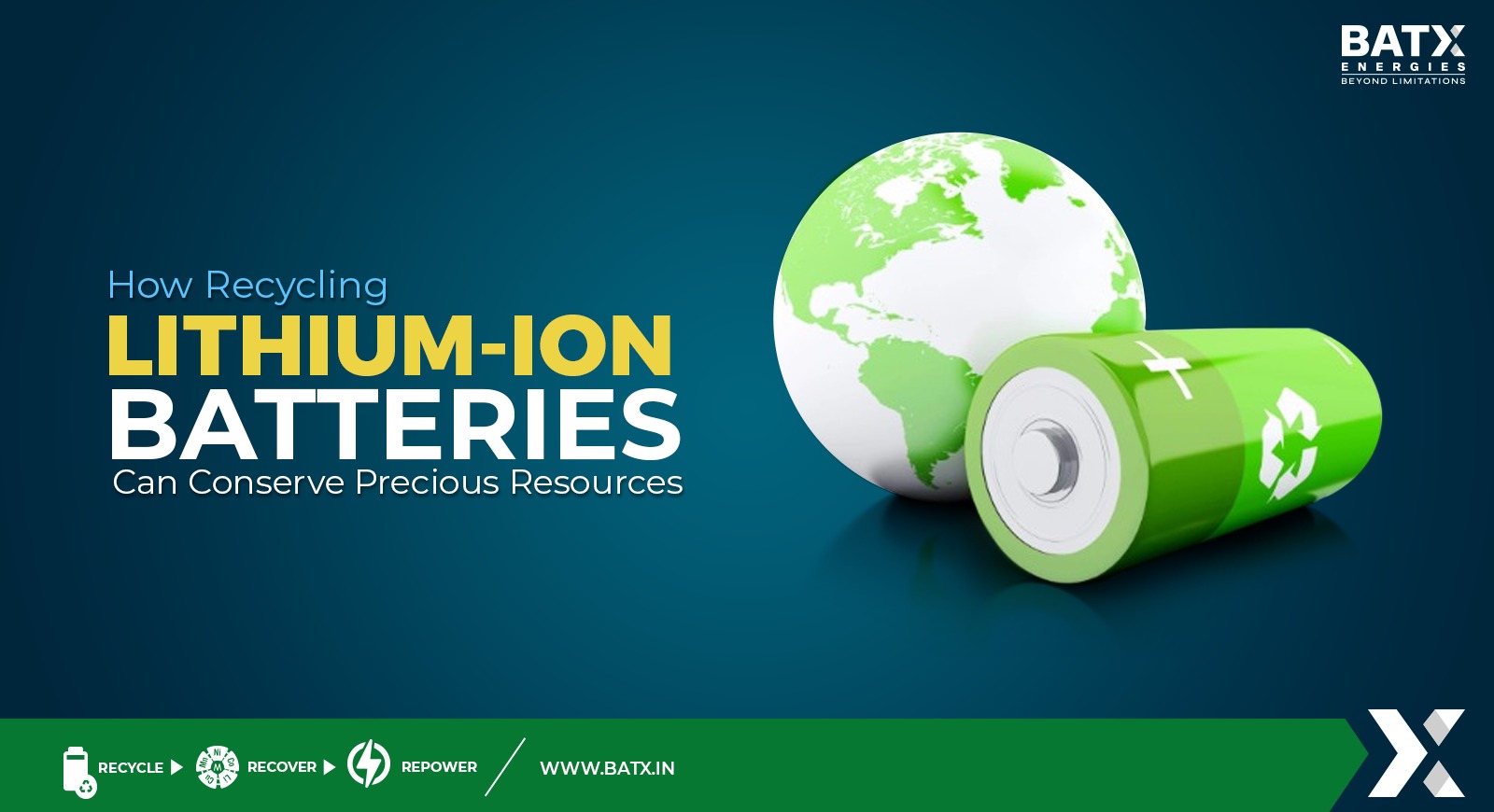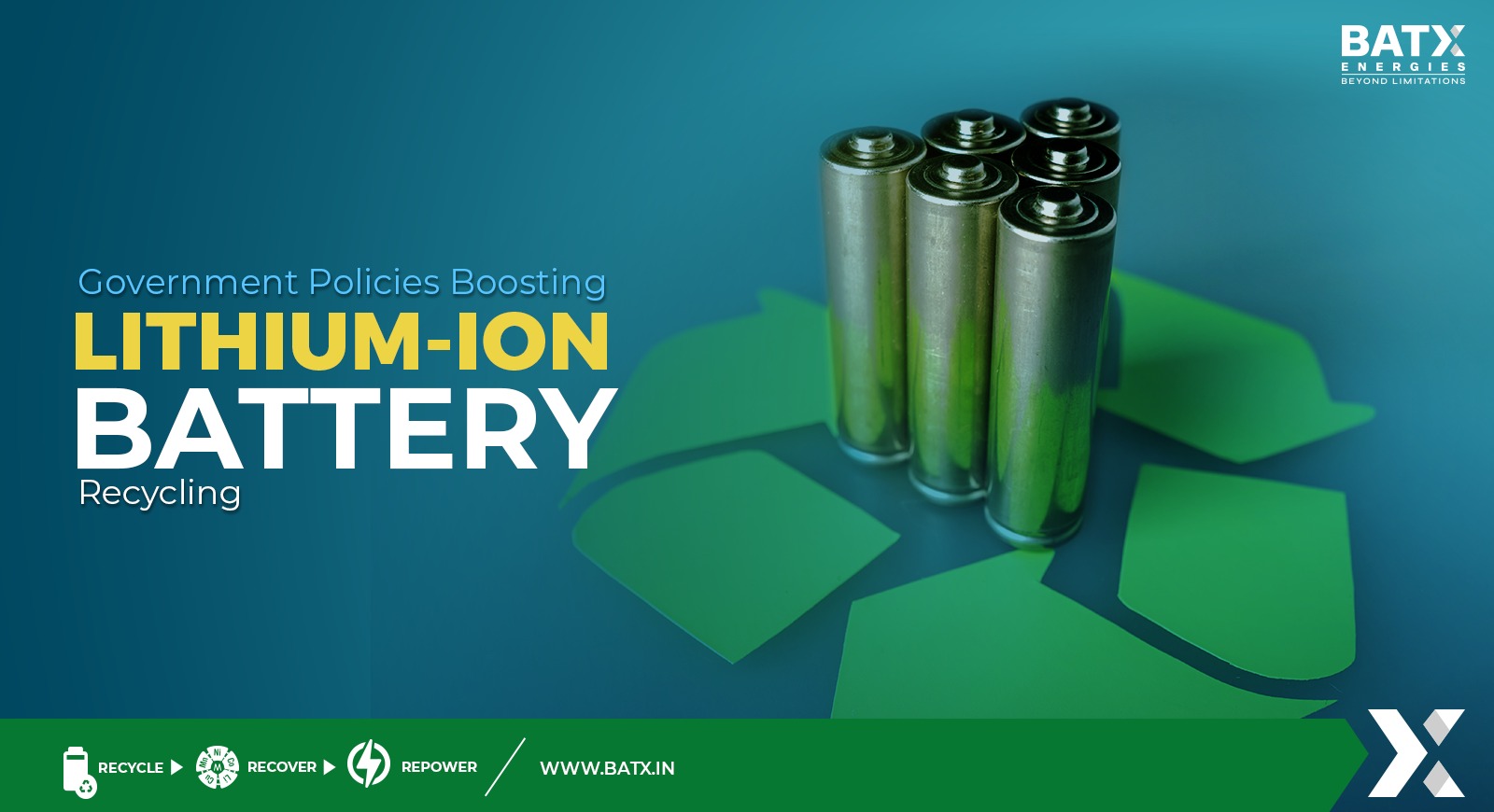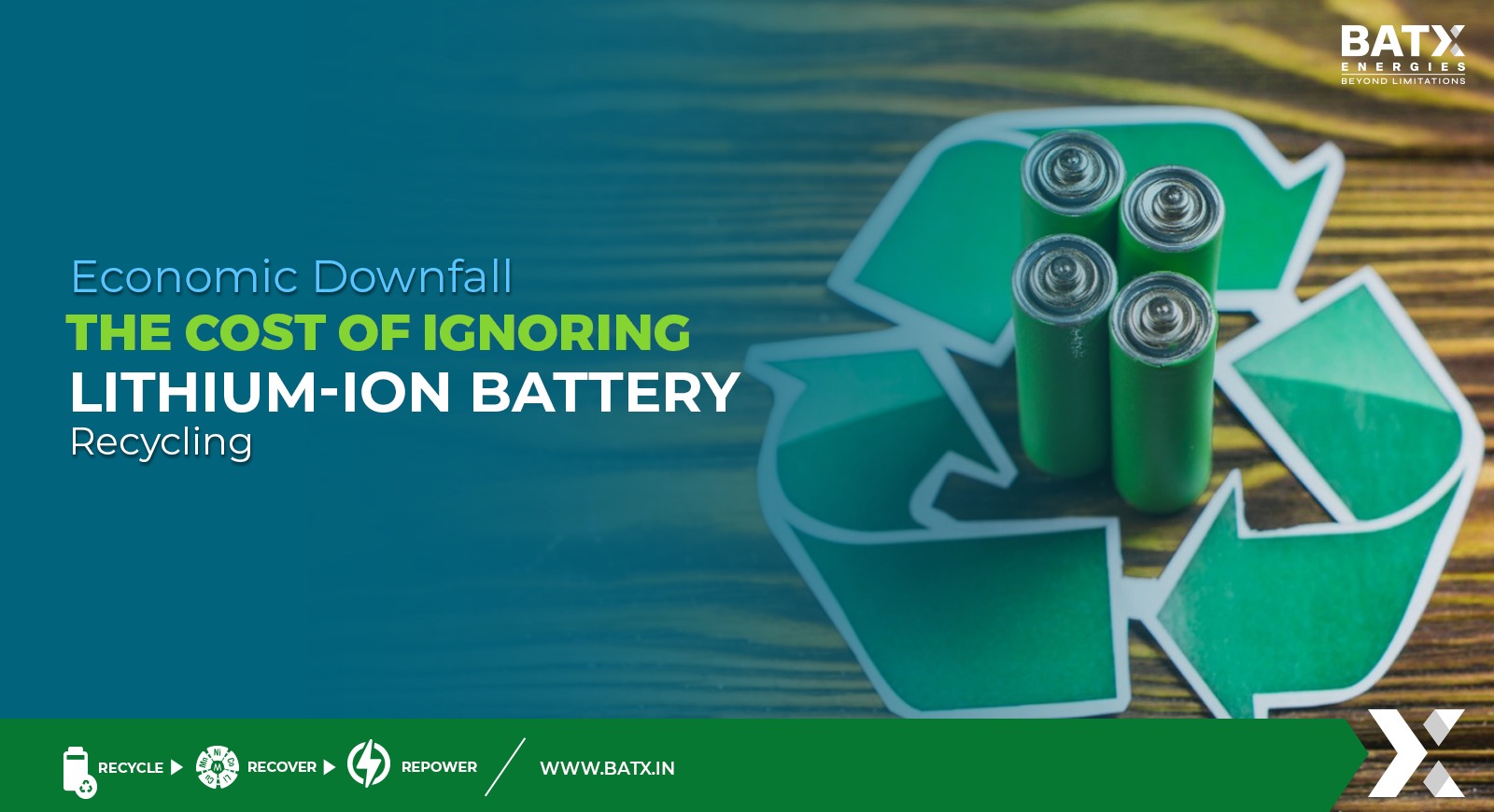All common cells have two electrodes and an electrolyte, the specific combination of materials used to make these components is called a chemistry. A cell’s chemistry largely determines its properties, while most variations within them caused by additives, purification, and improved design. It is the battery chemistry that largely determines battery performance.
Lithium-ion batteries are a popular type of rechargeable battery which stores energy in lithium ions. They typically have a lithium metal oxide cathode and a graphite anode, separated by a thin layer of lithium salt solution acting as the electrolyte. Different battery chemistries use different cathode, anode, and electrolyte materials to change the battery’s performance.
There are 5 types of lithium-ion batteries and 4 shapes. Each has its own application because they differ not only in the materials from which they are made but also from the capacity of the battery itself.
The types are:
Lithium-Cobalt Oxide batteries (used for mobile phones, cameras and laptops) – Perhaps the most commonly seen lithium-ion chemistry today is Lithium Nickel Manganese Cobalt Oxide, or NMC for short. NMC batteries have a relatively high energy density and an average power rating when compared to other lithium-ion battery chemistries. Additionally, the presence of cobalt makes NMC batteries very safe and reduces the risk of thermal runaway
Lithium-Thitanate batteries (used for electric cars, bikes, scooters, motors) – lithium titanate batteries, or LTO, are unique lithium-ion batteries that use titanium in their makeup. While LTO batteries are very safe, high performing, and long-lasting, their high upfront cost has prevented them from becoming a more common option in all types of storage applications
Lithium-Nickel Manganese Cobalt Oxide batteries (used for electric cars, bikes, scooters, motors, but for electric trains as well) – NCA batteries are a newer option on the market. Their main differentiator is increased thermal stability, which comes from introducing Aluminium into the chemical makeup. Compared to other lithium-ion battery types, NCA batteries tend to have a lower power rating and a higher energy density
Lithium-Manganese Oxide batteries (mostly used in hybrid cars) – LMO batteries are known for their increased thermal stability (due to the absence of cobalt) and their ability to charge relatively quickly. As such, LMO batteries are commonly found in medical devices and power tools.
Lithium-Iron Phosphate batteries (used for power tools, household appliances and medical equipment) – LFP batteries tend to have a high power rating and a relatively low energy density rating. The addition of iron in LFP batteries improves safety and reduces heat output, meaning that LFP batteries often don’t require the same level of ventilation or cooling as NMC batteries to operate (if any at all)



